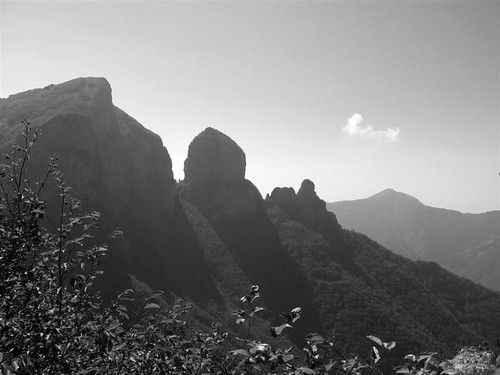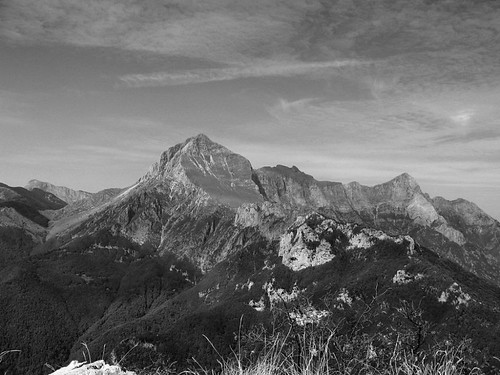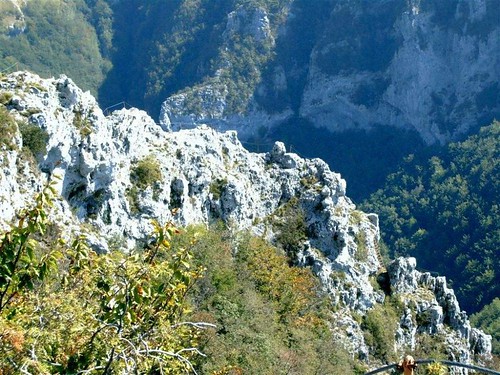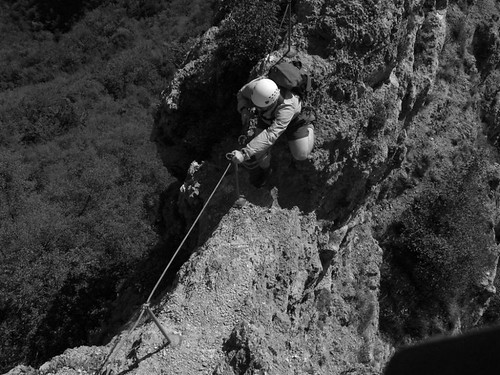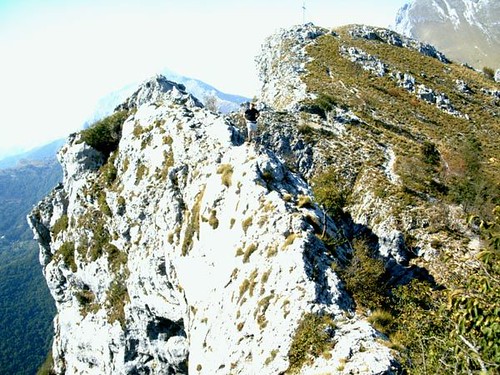A dark tale
A few months prior to the first phase of the mini-Winter at the end of November,
the Outdoor Group started planning a team to participate in the Rodings Rally,
an overnight orienteering event organised by the Epping Outdoor Group
(www.efog.org.uk/) and held in Epping Forest, north of London. By the week of
the event the team had changed several times and, at the last minute, even the
organiser himself had to drop out. Even then it was touch and go whether we
would be able to get there due to the snow, but finally the weather started to
thaw and a team of three, Andy, Rachael & I, set off hopefully. Luckily the
conditions around the north of the M25 were better than Ipswich. Our allotted
start time was 2215 so we first had a good meal in a local pub.
The format of the rally is that orienteering maps are supplied in advance (These
are 1:10,000 and use special orienteering symbols which provide much greater
information on the ground cover, enabling experienced orienteerers to decide
whether going around an area will be quicker than going across it.) A set of
checkpoints, tents in this case, is provided at the start (5 or 10 depending on
which course you opt to do) which you must plot, visit in a defined order and
then get to the finish, all within a set time. Although a hundred teams had
registered for the event, only about seventy turned up on the day.
After kitting up for a cold, clear night (it got to -7'C before dawn) we checked
in, picked up our route details and our clock was started. We also bought some
Romer scales on sale there. These are transparent overlays with each map grid
square (1 km) broken into a 10 x 10 grid which is helpful for estimating
distances. On examining the route details we found that we had to decipher a
number of puzzles to find the checkpoint locations first, so it was back to the
car. The puzzles were in two forms, three possible grid references were provided
plus either an anagram describing the place or a visual Rebus-style puzzle.
We spent nearly two hours solving the clues and plotting the checkpoint locations
and, crucially it transpired, planning our routes between them at both a general
level (macro navigation) and a detailed level from a local reference point when
we got close (micro navigation). We finally set off just before midnight. The
bonus of the recent cold weather was that, despite the odd icy puddle, what
would normally have been quite muddy ground was, for the most part, quite firm.
When we got close to the first (and only illuminated) checkpoint we found many
other teams walking or running in various directions, but none in the direction
we were going. After much puzzling over which path crossing was our reference
point we eventually headed into the trees and searched methodically, but in
vain, for the tent.
After multiple unsuccessful sweeps we eventually gave up and headed off to
checkpoint two. This proved somewhat easier and showed us exactly what we were
looking for. A small, low, dark two-person tent with a single small sign showing
the checkpoint number outside the door. Very easy to miss in the dark from even
a few metres. Checkpoint three was found similarly. Heading on to Checkpoint 4
we paced out a set distance along one of the paths and then turned into the
woods again. A lot of teams were there searching for this one, many about 200m
to our right. After about 15 mins with no success, we decided to go back to the
path and work our way in form a different reference point. As it happened, this
brought us back to exactly the same point, giving us lots of confidence in the
accuracy of our pacing. After about another 10 mins we found it and headed off
again.
The next checkpoint was roughly at the centre of the forest, and on the way a
refreshment post had been provided. Hot drinks, burgers and Mars bars were
available and welcome on the cold night. At Checkpoint 3 we had met a team of
four blokes that we'd seen near the previous one. After Checkpoint 4 they had
hared off along the track as soon as we got to the nearest path, but somehow
managed to arrive at the refreshment post after us.
Checkpoint 5 was due west of the refreshment post. We tried to follow as direct a
route on that bearing, but got separated with Andy and Rachel getting closer to
one of the forest paths. A lot of other teams were looking for it which lead to
another problem arising. Entry regulations required everyone to carry a
reflective vest to wear when walking on the roads, but as most were similar, it
was much harder to keep track of team colleagues amongst them. Eventually we
found each other and, with just a couple of search sweeps, found the tent –
ahead of the other team.
The next target, Checkpoint 6, required heading directly through thickening
woods. This is where we were grateful for the firmer ground. After clearing the
wood we followed one of the main roads that criss-cross the forest to reach our
reference point. On route we again caught up with the other team who were about
to head into the trees from the road. We however continued along the road, then
down a path along side a stream. This gave us a much closer reference point from
which to start our micro navigation, and indeed we had found the checkpoint and
were well on our way back before we saw that the others had decided to follow
our route.
Now for Checkpoint 7. This involved a long walk along roads and tracks. It was
part way along the road that I casually looked at my watch and saw that it was
0740, 20 mins before those providing breakfast were due to stop. Somewher ewe
had lost two hours! So, about turn and quick march.
We arrived at five to eight to be told that they keep serving beyond 0800 for
those who are late finishing. While we ate breakfast, the organisers processed
our card. Five out of six checkpoints from a target of ten – how would we do? As
it happened, we had remembered the physically and psychologically important
end-time for breakfast but not, unfortunately, the end of our allotted
navigation time. We had over run that by about 20 mins and so incurred a major
penalty. In fact we were now last, with only a few more teams to arrive.
After breakfast and a short rest we headed back to the car, where the thermometer
told us that it was now -6.5'C. During the drive back it gradually got warmer
and was a balmy -1.5'C at Ipswich. On reflection, the cold weather had helped us
because if it had been warmer, the ground would have been very muddy and making
the event much harder
The formal results were released a week or so later to allow for checking and our
position had not improved. Two positive things came out of it for me: my pacing
of distance proved reasonably accurate and our approach of macro then micro
navigation worked well as we were consistently reached checkpoints before the
four-man team – despite moving more slowly. I'm therefore looking forward to
improving on our position at next year's event. As the song goes: “The only way
is up”.

